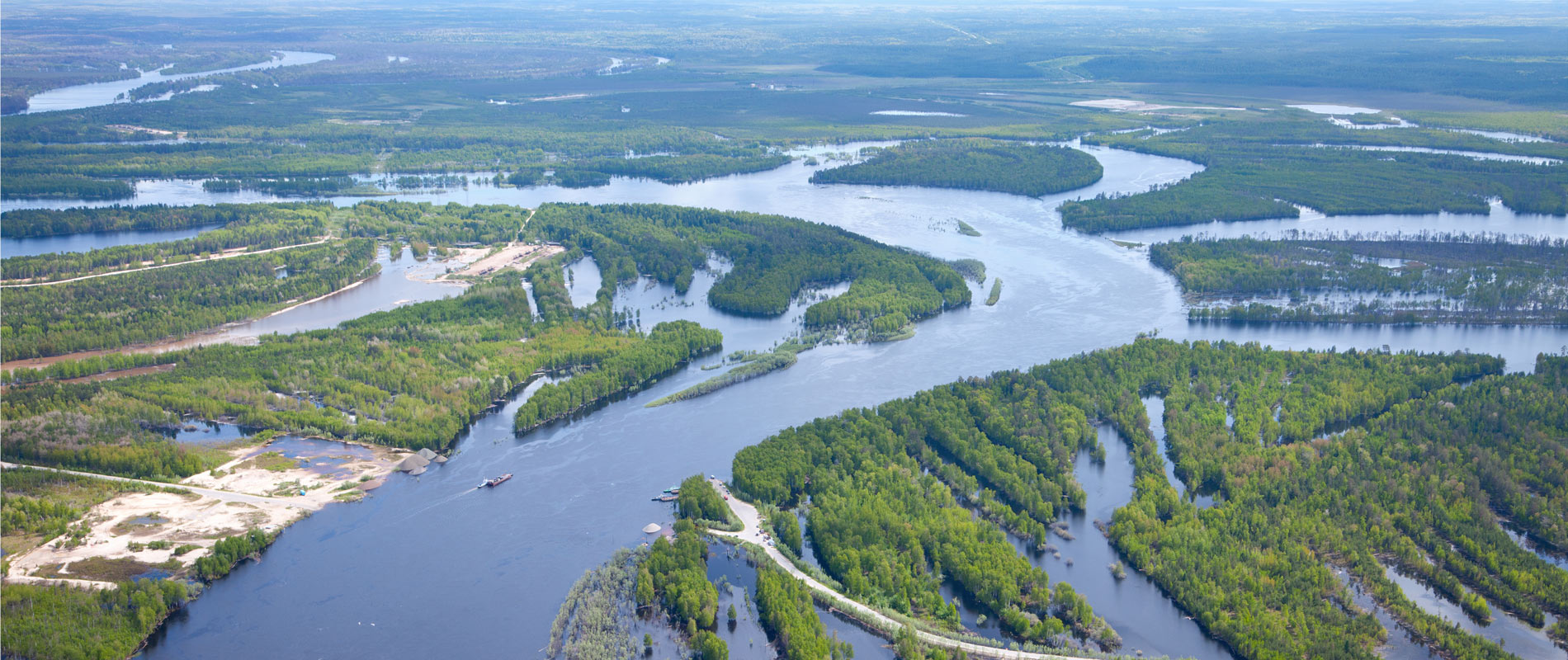Welcome to HymoGuide
Hydromorphology – a term that has gained momentum since the inception of the WFD in 2000 – describes the hydrological and geomorphological character and function of surface waterbodies (rivers, lakes, transitional and coastal (TraC) waters). Hydromorphology has been described as a modern sub-discipline of hydrology that considers the structure, evolution and form of hydrologic systems through time (Vogel, 2011). In practical terms, hydromorphology has become prominent as it is central to the application of the (opens in a new window)EU Water Framework Directive (WFD) and as a way to understand the impacts of human pressures on physical processes of surface water bodies and their impact on the ability of water bodies to support life.
HymoGuide is set within the context of the 3rd WFD Cycle 2022-27 and the pressing need to address hydromorphological degradation in Ireland. The 2018-2021 River Basin Management plan for Ireland stated that hydromorphology was a significant pressure on 24% of the 1,460 waterbodies that were ‘At Risk’ of not meeting their WFD objectives, and second only to agriculture in terms of surface water pressures in Ireland. Hydromorphology is further linked to climate change adaptation, given the impacts on it from flood alleviation schemes. HymoGuide centres hydromorphology in the development of recommendations to inform future guidelines on related activities.

